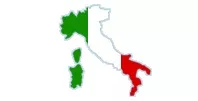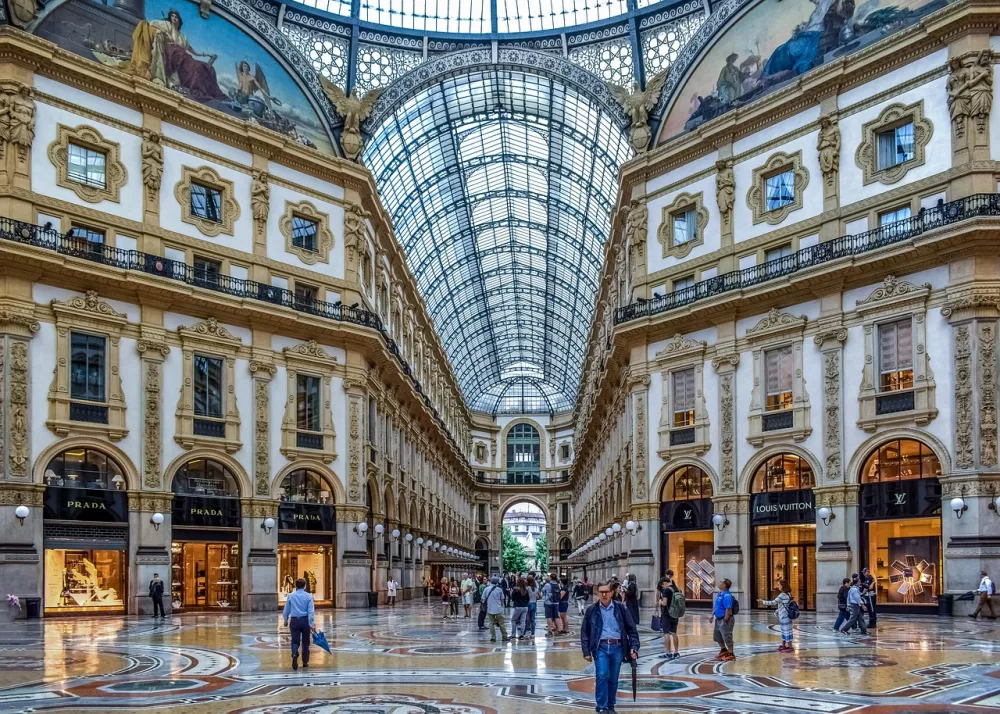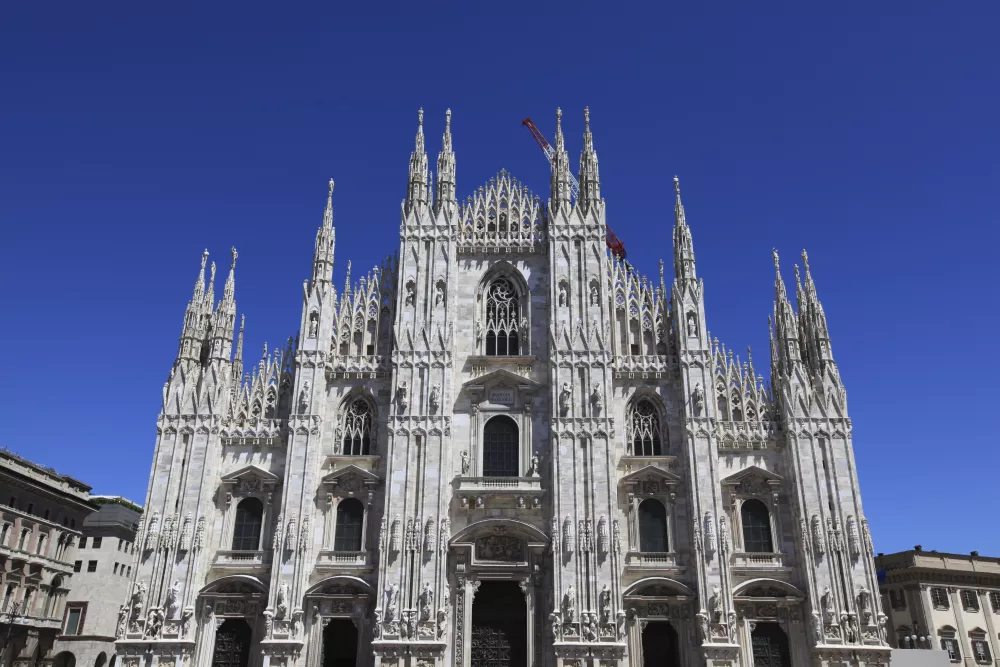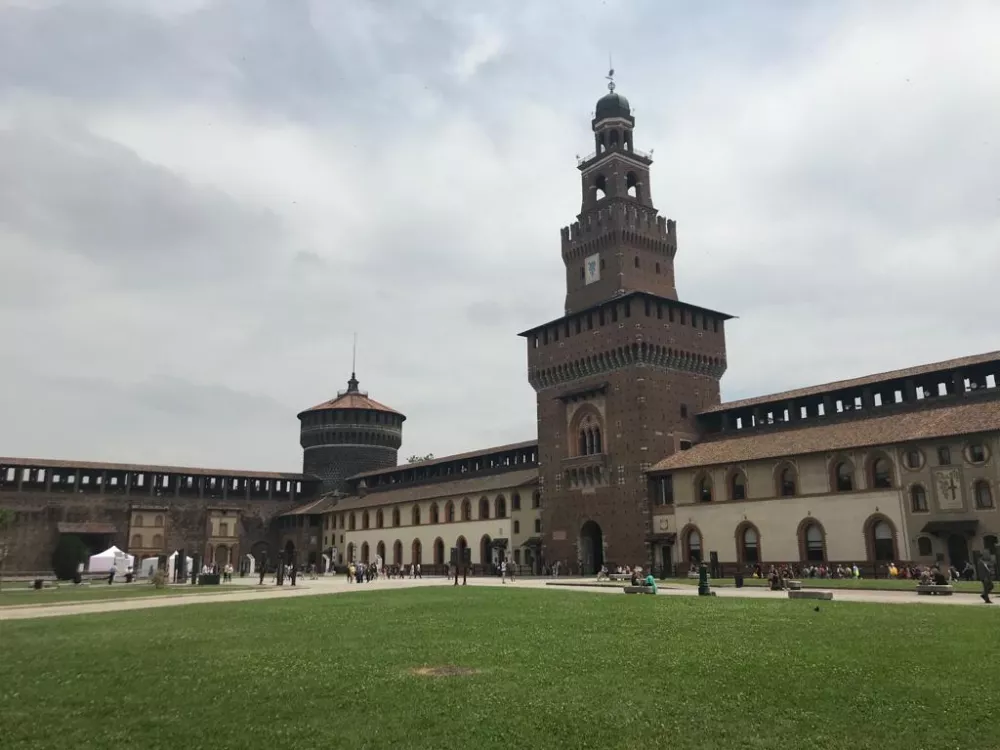Milan guide 
Milan is a melting pot of fashion, design and history – from the imposing Duomo to Leonardo da Vinci's famous Last Supper fresco. You can browse the luxury boutiques in Galleria Vittorio Emanuele II or enjoy great Italian cuisine like risotto alla Milanese. And in the evening? An aperitivo with a view of the city. :)
Sights and monuments - The most famous sights in Milan, such as Duomo di Milano, Galleria Vittorio Emanuele II, La Scala or Castello Sforzesco Castle.
Accommodation - Recommendations for verified accommodation in the city center from luxury to cheap.
Food and drink - Tips for local specialties such as saffron risotto, Cotoletta alla Milanese or ossobuco.
Practical advice - Recommendations for entrance to sights, public transport, clothing or safety.
Weather - The best time to visit Milan, year-round and current weather forecast.
Celebrities - Famous artists, scientists or composers who lived and created in Milan.

One of the largest and most important Italian cities is located in the northern part of Italy, in the region of Lombardy, in the province of Milan.
The rich history of the city dates back to the time of the Roman Empire. During the Middle Ages, Milan became one of the most important European cities, as a center of trade and art.
Milan, the economic center of Italy and one of the most important financial and business centers in Europe, is home to many multinational companies and fashion houses. The most famous fashion houses include Giorgio Armani, Prada, Versace and Dolce & Gabbana.
Milan is famous for its influence on the world of fashion and design. It is home to many leading fashion brands and hosts Milan Fashion Week shows every year at the turn of February and March.
The Milan Cathedral (Duomo) is one of the most famous Gothic cathedrals in the world. Its imposing statues and towers are an iconic symbol of the city.

Luxury shopping arcade Galleria Vittorio Emanuele II. is one of the oldest and most beautiful in the world. It is located next to the cathedral and is famous for its architecture and exclusive boutiques.
If you come to Milan by train, be sure to take a good look at Milano Centrale Station, one of the most important railway stations in Europe, famous for its monumental and impressive architecture.
The Sforzesco Castle from the 15th century served as the seat of the ruling Sforza family. Today you can see several museums and art collections here.

Opera lovers should not miss the opportunity to visit La Scala, one of the most prestigious theaters in the world, known for its opera and ballet tradition.